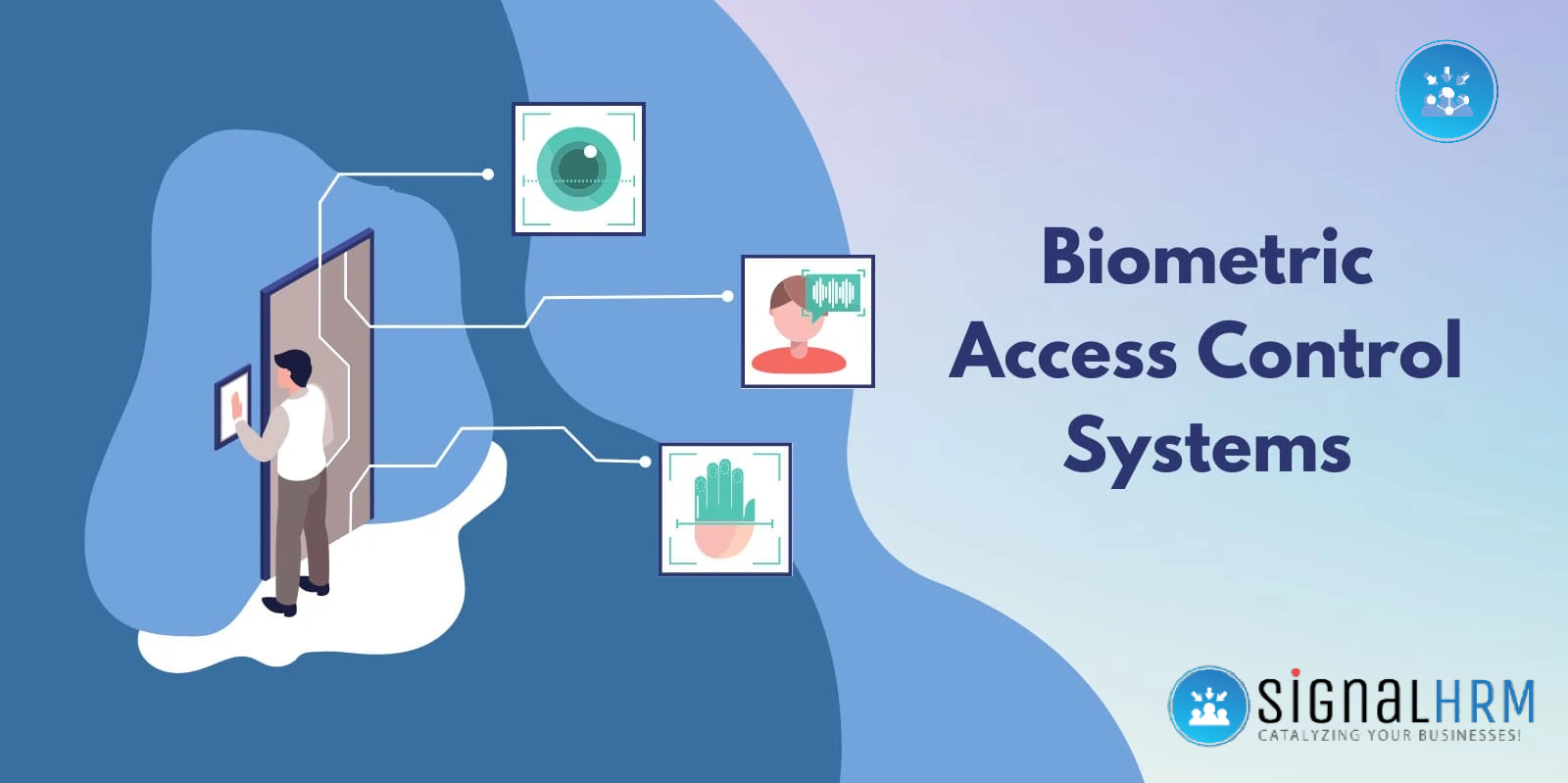
According to MarketandMarkets, the biometric industry is expected to grow from USD 42.9 billion in 2022 to USD 82.9 billion by 2027 at a CAGR of 14.1%. The increasing demand for authentication and identification systems in various applications are the main factors that influence this market growth. Since ensuring the security of information is of paramount importance, it is essential to choose a biometric system that suits your organization's goals. Let’s uncover them quickly.
First and foremost, opting for a biometric authentication machine depends on the use case, security needs, and convenience of an organization. You can decide which biometric modality will work the best, i.e., fingerprints, iris, palm prints, voice, face images, or gait patterns. All these modalities have their merits and demerits, you need to decide which biometric modality aligns with your needs.
Next, talking about the safety of biometric machines, iris recognition is the safest biometric method owing to the stability and rareness of iris patterns. Also, it is safe to duplicate or tamper the iris patterns making it tough to breach it. It is important to note that the security of a biometric system is influenced by several other factors also. Enrollment process includes capturing and storing the biometric data of the users. If there are any loopholes in the enrolment process, it may lead to potential security vulnerabilities.
Storage and protection of the biometric records is another important consideration. Encryption techniques and robust security protocols ensure the safety and integrity of data.
Frequently asked questions
What is the cost of a biometric authentication system?
The cost of a biometric authentication system depends on different factors such as hardware, software, personalization, and scalability. For instance, the iris recognition systems may result in hefty installment for installing cameras and sensors to capture the iris patterns along with computational power for processing.
Which biometric system is best for remote authentication?
Voice recognition is ideal for remote authentication. It recognizes and translates speech into text to verify the identity of the speaker. This authentication system captures and enrolls a voice using a microphone to create a reference template to compare samples for future authentication attempts. It analyses vocal parameters such as intensity, duration, pitch, and intensity.
Which biometric system is best for touchless authentication?
Facial recognition works well for touchless authentication. It verifies identity by matching faces and includes three steps: detection, capture, and comparison. It locates faces and converts the analog information to vectors depending on the facial features. Further, it compares the faces to approve authorization.
The biometric machine’s performance and accuracy influence the security of the system. High false acceptance rate (FAR) and false rejection rate (FRR) impact the security and effectiveness of the system. A high FAR may result in providing access to illegitimate people, while a high FRR may prevent access for authorized users. The system design and architecture of a biometric machine is another important requisite. A biometric authentication must have multiple layers of security including secure communication protocols, biometric template protection techniques, and authentication mechanisms. Well-designed architecture reduces potential security risks and vulnerabilities.
To choose a biometric system, it is advised to consider the above factors beyond the technology itself. By doing so, organizations can improve the security of their biometric systems and protect sensitive data from misuse or unauthorized access.